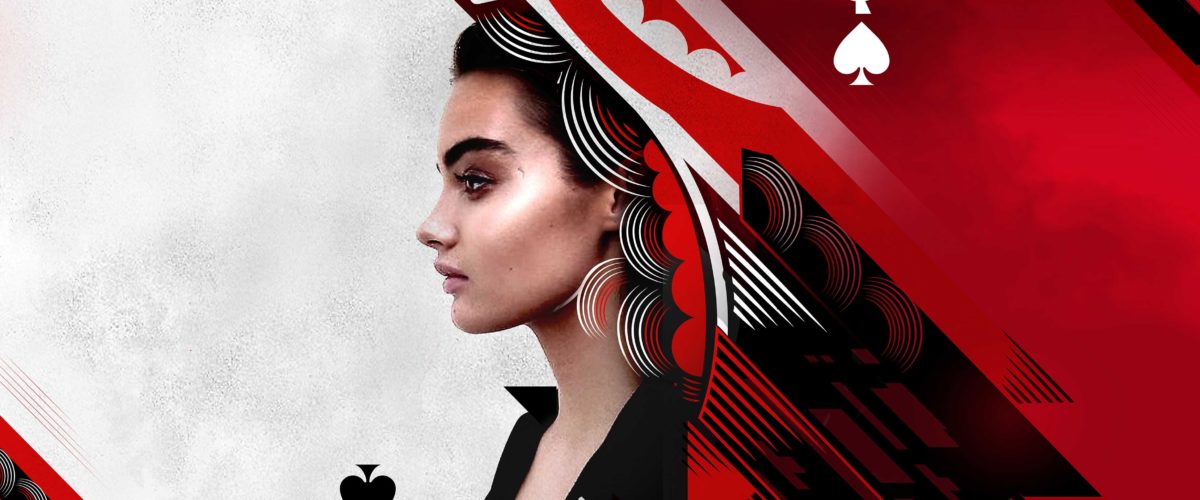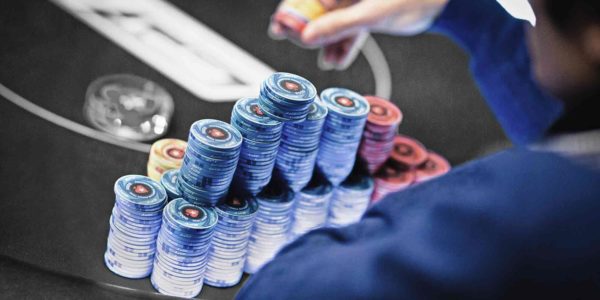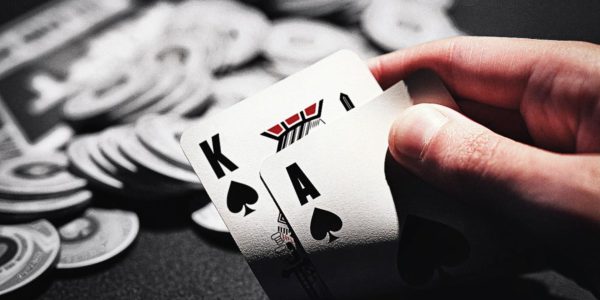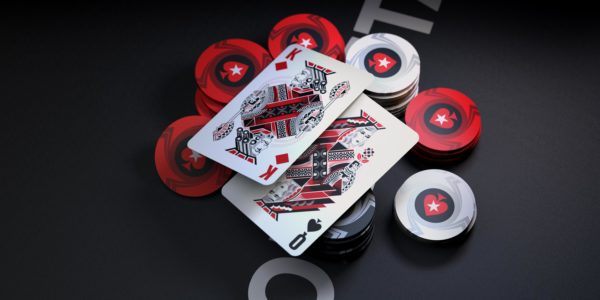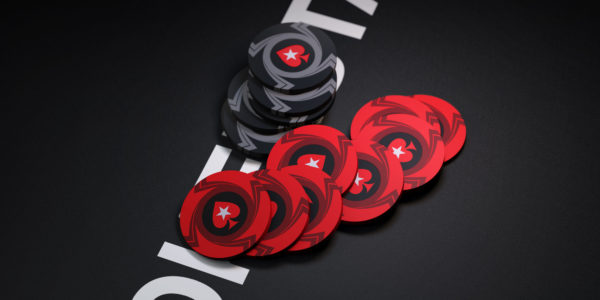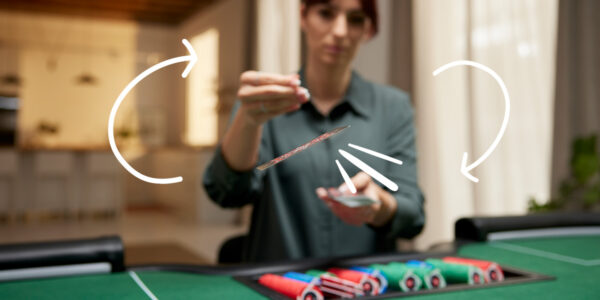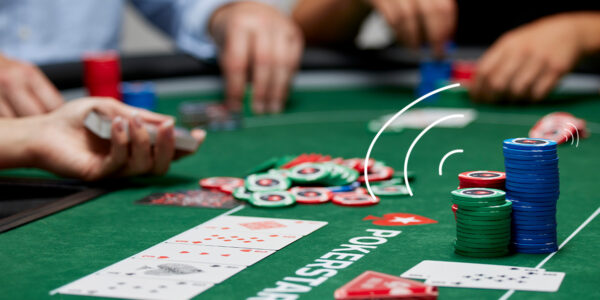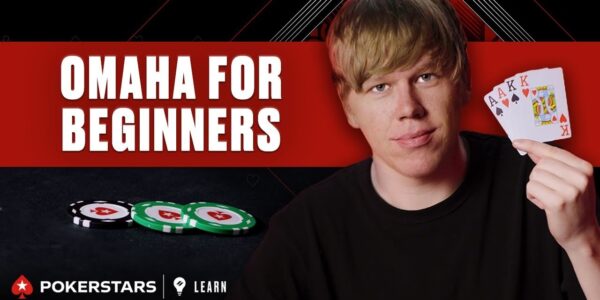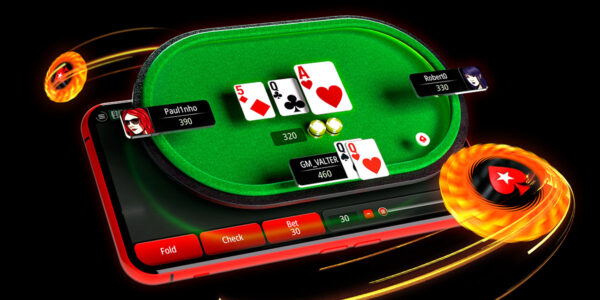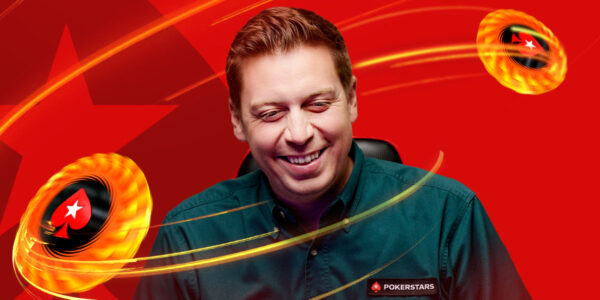Playing the Big Blind vs. Limps
Last time, we looked at a complete SB limp or shove strategy. Today, we switch to the other side and assess how to deal with those pesky limps from the BB’s point of view.
There is one fundamental difference between the theory of this spot and how it actually plays out in the real world:
The Grand Tour population tends to limp a much weaker and more capped range than they should.
This means:
- We can raise wider for value than we should be able to in theory because we face the prepared limp/shove much less often than we would against an optimal limping strategy.
- We can bluff raise more suited and semi-connected low cards as we are less likely to get shoved off of our equity.

With that said, we are going to stick with the theoretical theme of this series and learn the game theory solution first. This way you will be prepared if you come across some stronger opponents and it’s easy enough to expand this strategy in the ways mentioned above if you feel that your opponent is limping too weak of a range.
Playing Against the SB Limp in Position
When SB limps and you have position on him, it means that you are still three or four handed. When you and the SB are both big stacks and the third (and fourth) player(s) are the short stacks, it makes little sense to start battling for a lot of chips. In this case, both blinds should seek to maintain their chip advantage over the table by playing small pots wherever large ones are avoidable without much EV loss.
Tighten the following raising range when tangling with another big stack who has you covered.
Here is the BB vs SB limp strategy at 20BB stack depth. We have three subranges here:
- Check the hands in yellow.
- Raise 3.5x and call a shove with hands in green.
- Raise 3.5x and fold to a shove with hands in red.

The first noteworthy detail of this strategy is that we are much happier to see flops with suited hands and to turn low off-suit cards into bluffs. Because we don’t have to stack off when called after we make the 3.5x raise, it makes sense to use hands that don’t mind raise/folding as bluffs.
This strategy is hyper-polarized meaning that the hands we raise with are, for the most part, really strong or really weak. The idea is that we want to avoid squandering a hand that flops well as a limp fold. Again, though, if you believe your opponent in the SB is not limp/raising frequently enough, then you can start to throw some of the low suited cards into this raising range too. In fact, if you believe that Villain is a calling station pre-flop, then you’ll want to scrap the plan of raising off-suit junk entirely.
This strategy requires there to be pre-flop fold equity to make sense.
Another striking feature of this range is that there is a group of quite good but not amazing hands that we would much rather not squander as a raise/fold where we build the pot and realise no equity at all if Villain happens to shove. Hands like K7s and QTo fit this description. They do best by simply seeing a flop and dominating much of our opponent’s limping range.
Calling off hands like K9o and 98s to a shove is highly dependent on covering the SB limper. If he covers us, we need to start checking some of these hands in the first place as that is a lot better than either raise/folding or raise/calling when we are not gunning for the SB’s bounty.
Reacting to the Limp Heads-Up
Let’s now take a look at the spot where our opponent has limped the BU heads-up and we have the option of shoving over it. We shall use 15BB as our model effective stack for this lesson as it is one of the most common stack depths where people limp in the HU battle as opposed to just jamming or raising smaller. Note that the small raise does not achieve a great deal for the BB in this spot as the SB limper will be getting great pot odds to just call in position; and if we make it too large; the limp/jam becomes too effective a weapon.
Here is the push or fold range for BB vs a SB limp when we are out of position due to being heads-up at 15BB effective stack depth:

Since we have to stack off now if our raise gets called, we are a little less polarised than in the previous range, however, there is still a definite polar flavour to this shoving range. Hands like 33 and A5o push enough equity when called but also benefit immensely from fold equity. Powerhouses like AQo and JJ are shoving for value. If your opponent is playing an overly capped limping range that is not calling often enough then you want to raise these holdings smaller and add more suited cards to the bluff side of this jamming range. The reason we need to shove some hands like 43s is that we cannot only shove for value. If we did that, Villain would get to make too many chips by seeing the flop very often and could limp fold all day long as our shoving range would become too big card heavy.
The most common mistake people make in this spot as the BB is shoving hands that do well vs. the limp but badly when their shove gets called. It is much better to check K8o here and see the flop as a favourite than to end up felting it as an underdog at 15BB stack depth.
Your shoving range needs to be polarised. Check the medium stuff here and play a flop with an equity advantage.
Test your knowledge with our short quiz below


